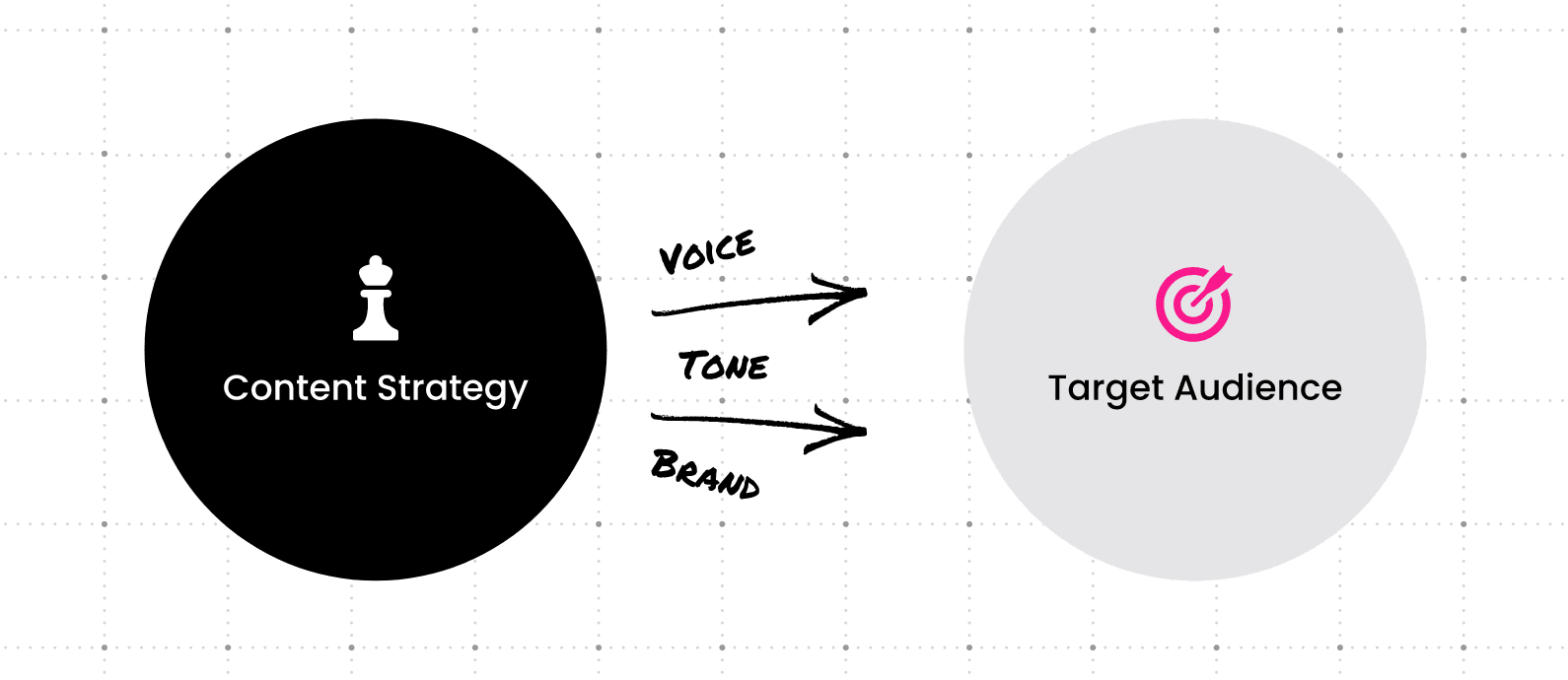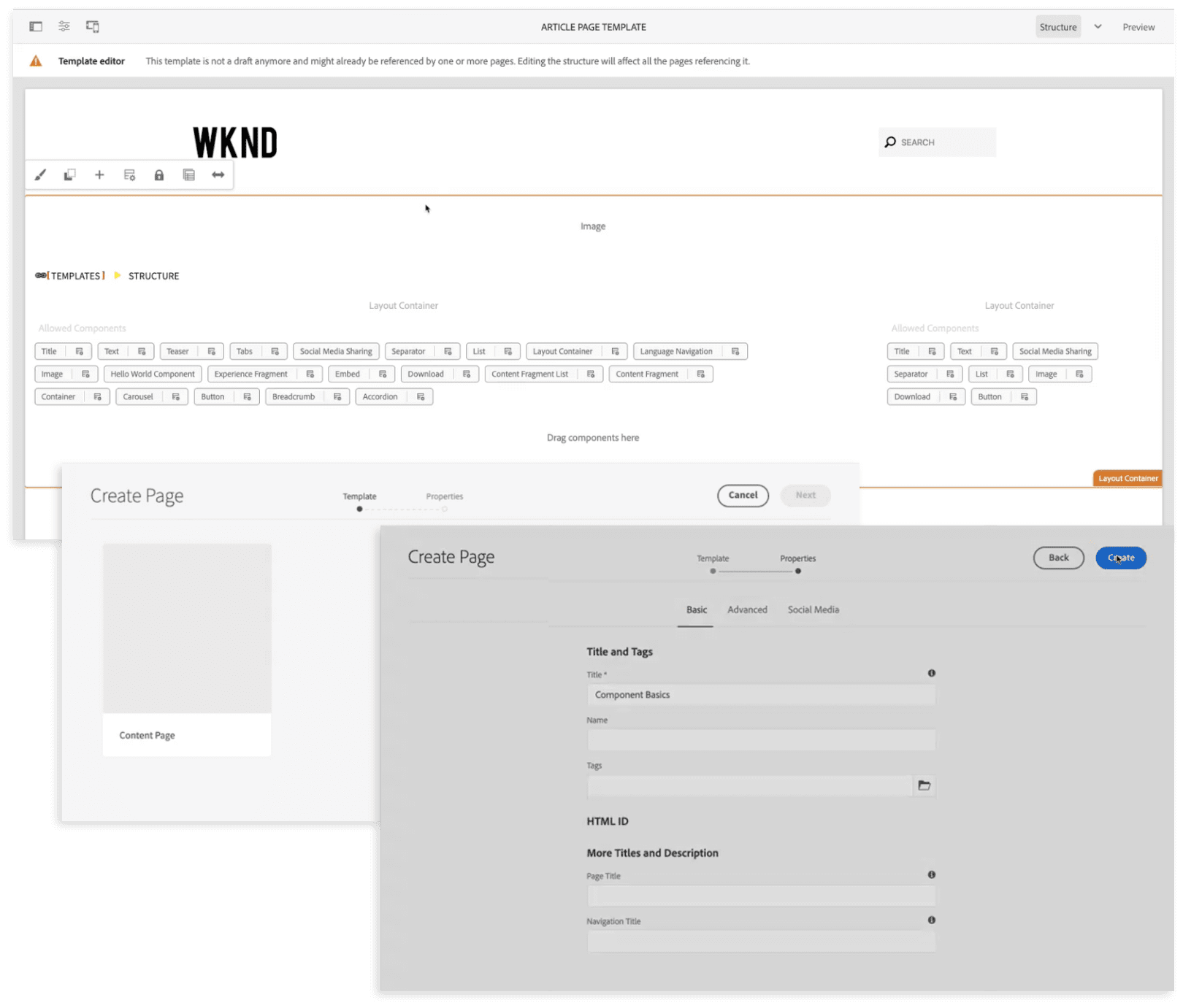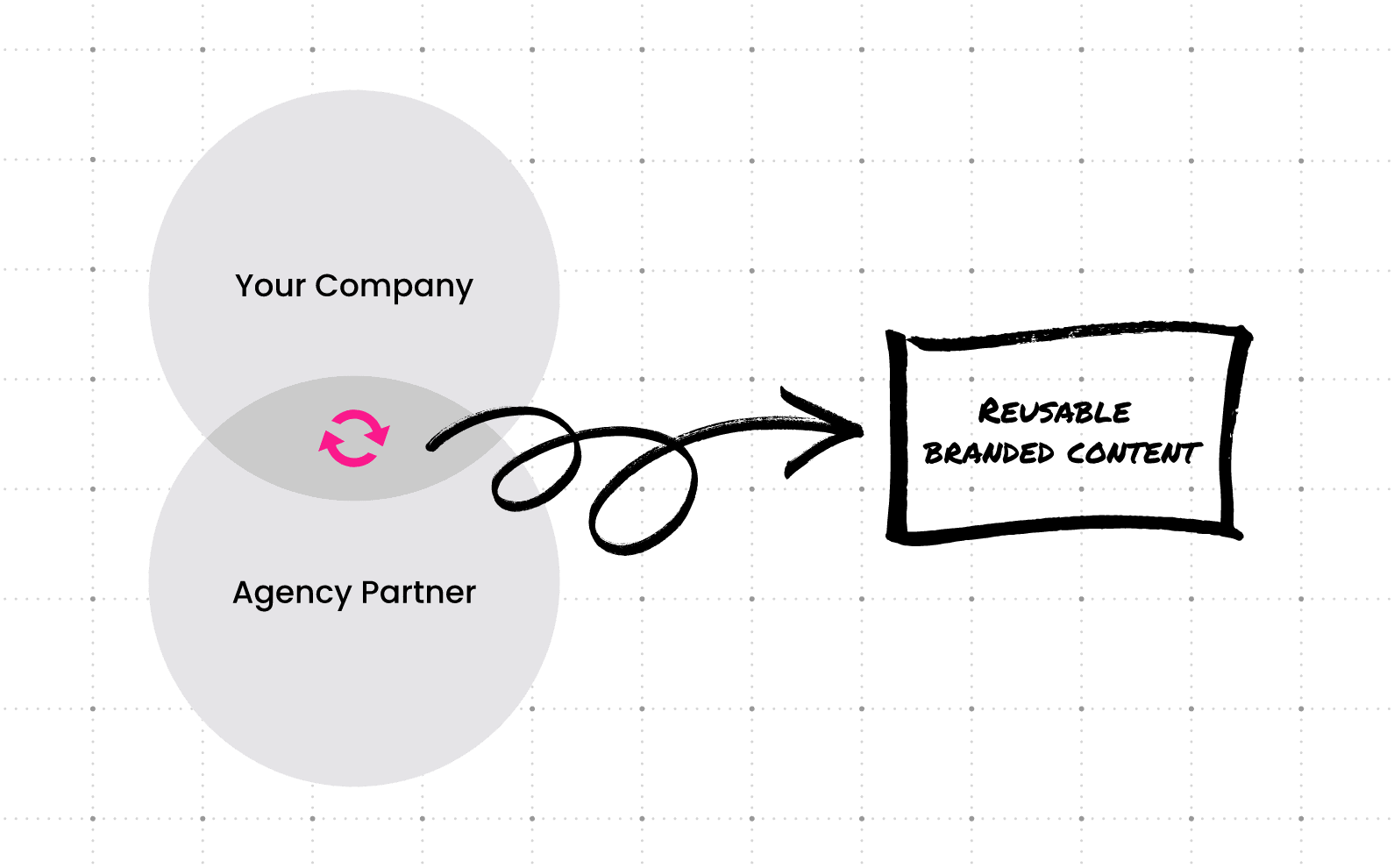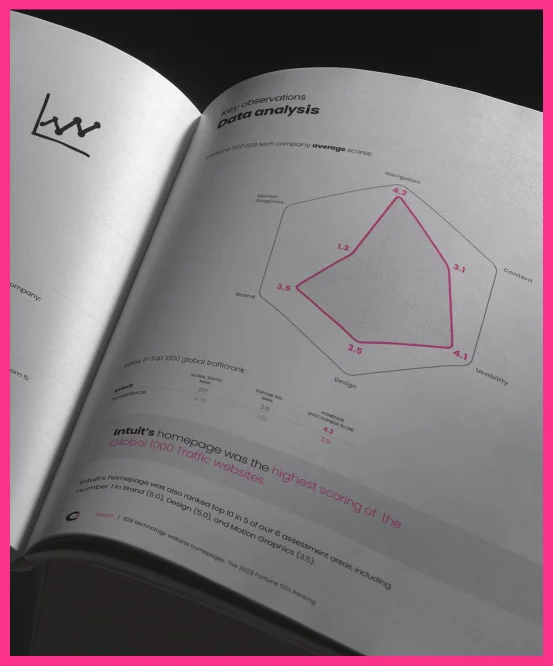It’s a complex system that requires experience and expertise to effectively implement.
B2B firms planning the right platform for their organization face a crucial early decision. Should you opt for an open source platform or an all-in-one digital experience platform like Adobe Experience Manager?
The decision primarily comes down to understanding your business needs and how those balance with the capabilities of either platform. My leaders have been opting for AEM for the benefits of a full-featured platform backed by one of the leading technology brands in the world. Once you’ve settled AEM, you also gain the assurance of Adobe’s dedicated support teams that are included with the platform’s licensing fees.
However, you also face a new question headed into your organization’s adoption of AEM that’s no less complex: Now what?
5 Steps for a Successful Transition to Adobe Experience Manager
Fortunately, with a rich set of new AEM features just around the corner, your business is at the cusp of gaining an arsenal of difference-making additions for your digital marketing. By following these steps with the right web design partner, you’ll be well on your way.
1. Know Your B2B Company’s Content Strategy
Whether your move to AEM is in support of a new business or a rebranding initiative, you can’t start publishing without a clear strategy. AEM is a high-quality content management tool. However, you need to ensure you’re using all this functionality to speak to the audience you’re targeting.

When you work with the right digital development agency, you gain a full picture of the right voice, tone, and brand style guide to suit your business. Plus, you’ll be able to evaluate your company’s existing content and understand how it fits with your strategy and overall goals.
The right tools to support your website are essential. But establishing a strategy to reach and serve the prospects you need is even more critical.
2. Plan Your B2B Company’s Website Architecture
One of the core advantages of AEM for B2Bs is the suite of applications available from Adobe Experience Cloud. Rather than requiring multiple tools to manage your company’s website, these tools streamline your internal workflow by centralizing your technology under one umbrella.
AEM uses a cloud-native architecture, which provides a secure and scalable foundation for your site without a separate hosted solution. Along with a web application server, AEM incorporates a web application framework and content repository. That way, you can store all the code, templates, and data you need within the same system.

With a design and development partner like Clear Digital, you’ll plan your site architecture and content structure before your AEM site is built.
3. Create and Configure Your AEM Environment
AEM provides an all-in-one platform to manage your website, mobile applications, forms, and other digital assets. A Java-based system, AEM installations typically require two instances on separate machines:
- Author: A deployment for editing and uploading content
- Publish: An instance that serves content to your public-facing website.
At Clear Digital, we have a wealth of experience collaborating with B2B companies to set up AEM instances that are right for their needs. The right agency partner transforms the installation, deployment, and configuration process into a snap.
4. Explore the AEM Interface
In terms of supporting the sales and marketing efforts of your B2B company, AEM is just as powerful as open source tools like Drupal or WordPress. However, the breadth of tools available in its user interface can appear complicated to new users.

From the AEM Navigation editor, select the XML Editor to access the content management views to support your publishing needs. The default view displays your Favorites, which can be customized with shortcuts and frequently used tools. The Repository View outlines a more folder-like structure typical of content management systems.
Adobe offers video tutorials, documentation, forums, and other resources to get your organization started with digital publishing in AEM.
5. Create Your Website’s Templates, Components, and Integrations
AEM’s templates and components enable you to create reusable branded content that is tailored to your organization’s needs. The right web design and development agency will work with you to create these building blocks. Consequently, the process for publishing new site features and pages is simplified by accessing a library of proven, reusable components.

The platform also excels with integrations. You can connect AEM with an assortment of applications to create data insights, customer journeys, personalization, and other resources. In addition, AEM Connectors allow your development team to integrate AEM with third-party tools, including Microsoft Translator, Amazon SNS, Facebook Connect, and more.
Don’t Switch to AEM Without the Right Digital Agency Partner
AEM offers a broad assortment of advantages for any B2B company. But it’s a complex system that requires experience and expertise to effectively implement. You will also need to ensure that your team is properly trained on how to use your new platform effectively.
However, you don’t have to attempt a shift to AEM on your own. Clear Digital is a leading provider of AEM services within the B2B tech sector. We have the experience and certifications to ensure your company extracts every advantage from the new platform. Our designers and developers understand how to manage the intricacies of AEM and optimize its capabilities.
Just as importantly, we understand the constantly changing demands of the marketplace to ensure your organization sees the greatest ROI from a move to AEM. We’ll work hand-in-hand with you throughout all project phases and provide regular updates on creating the tools you need to stay competitive.
If you’re ready to transition to AEM but want to ensure your business goals remain in clear focus every step of the way, let’s get started.






